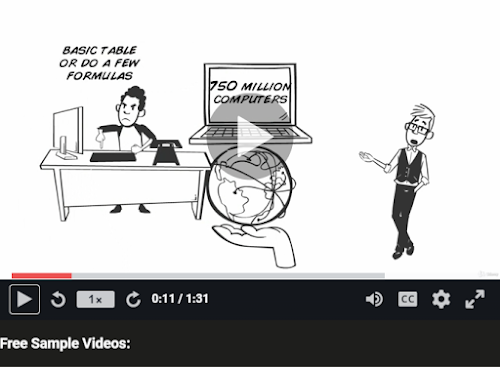What Is Ketosis?
What Is Ketosis?
The body typically gets its fuel from dietary carbohydrates, which includes foods
like rice, bread, pasta, and other grains, along with fruit, sugars, and
vegetables.
When
carbohydrates, specifically starches and sugars enter the body they are broken
down into glucose, and used by the body for energy. The hormone insulin then
steps in to remove glucose from the bloodstream and the body either uses it for
energy or stores any that is unused.
Any
glucose that is not immediately used as fuel will be sent to the liver and
muscles to be stored as glycogen as a fuel reserve, and any unused glycogen in
the muscles, such as through exercise or energy expenditure turns to stored
body fat.
For
people with a carb sensitivity or those with insulin resistance it’s a grim
outlook that can lead to obesity and type 2 diabetes…
High
carb diet = high glucose in the blood = high insulin = high amounts of body fat
An alternative source of fuel for the
body is its own body fat, this process is triggered when the intake of carbs is
limited, and their sources controlled, the body enters a state called
lipolysis, the most efficient biochemical pathway to weight loss and a scientifically proven alternative to the body using or needing glucose for energy.
Lipolysis occurs as the body begins to
burn the body’s own fat stores for energy instead of dietary carbohydrates and
the by-products of this fat burning process are ketones and so ketosis is the
secondary process of lipolysis.
When you eliminate carbs, the body is forced to use its fat stores instead, which literally turns into a fat-burning machine. Ketones are the byproducts of ketosis and provide fuel for the body.
The only true exception to the body not
needing glucose for fuel is ketones. Ketosis not only provides adequate energy
for the cells within the body, it also fuels the brain and other organs just as
glucose from carbs does BUT, unlike what may occur during the use of glucose, ketosis
does not store fat, and actually allows the body to burn stored fat for fuel.
This is the reason that low carb diets are so popular and have allowed
thousands of people to lose weight and keep it off.
Low Carb Diets
There are cases where doctors will induce ketosis to medically
intervene for various conditions, like epilepsy and diabetes. This involves a
patient being placed on a low carb diet, such as the Ketogenic diet to increase
fat and protein intake to provide fuel for energy, while reducing card intake.
WebMD explains that kicks in when consumption is limited to less than 50 grams per day.
The ketogenic diet and the Atkins diet are two of the most popular
strict carb intake plans.
One of the greatest benefits of low carb diets and using fat for fuel
is that this type of eating greatly regulates the appetite, so there is no
starvation or out of control hunger and erratic cravings become a thing of the
past. One of the reasons for this is that carbohydrates trigger blood sugar
spikes that can wreak havoc on hunger and cravings.
A study by the Academic Department of Surgery, Consultation, and
Training Center at the Faculty of Medicine located at Kuwait University put it
to the test. They took 83 obese patients (39 men, 44 women) and over 24 weeks
studied the results of a low carb diet.
The subjects were given carbohydrates in the form of green vegetables,
and salad. In the end, the subject’s glucose levels, cholesterol levels, weight,
and BMI numbers all fell.
Low Carb Wins Over Low Fat
The ketogenic diet has been around for decades, and while the medical
community has long believed that a diet high in fats would cause weight gain and
increase the risk of heart disease, many studies and randomized trials have
shown low carb to actually be more effective in not only the amount of weight
lost, but in reducing markers and risk factors for heart disease.
Several experts now advise that the public should be more mindful of
their carb intake versus their fat intake, since obesity rates in US adults
have increased during the same time that fat intake was decreased and carb
intake increased.
The Keto Flu
Some people may experience keto flu when they begin a low carb diet.
While not everyone will fall prey to it, you should be aware of the symptoms:
sleepiness and fatigue, brain fog, nausea, headaches and upset stomach.
It doesn’t last long and to be honest, most changes in diet result in
similar side effects so it is to be expected.
The best way to ease your symptoms is by increasing salt intake with 2
cups of broth daily or using soy sauce over food to re- balance electrolyte
levels in the body. The symptoms will likely disappear within a few days and
you will be on your way to ketosis success.






Comments
Post a Comment